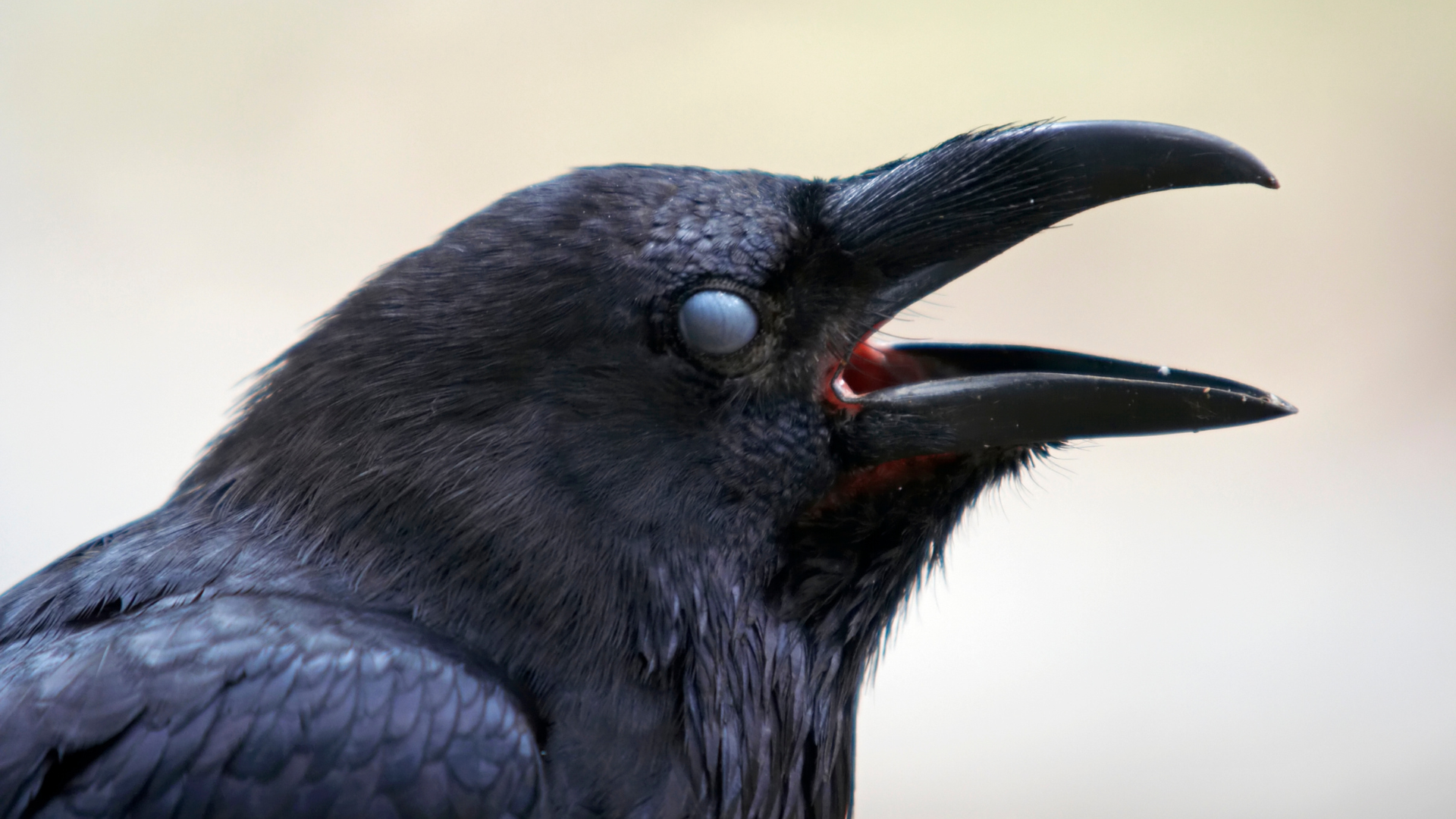The Budgerigar (Melopsittacus undulatus), often called the budgie, is a small parrot from Australia. These birds inhabit the wild across the drier parts of the continent and have adapted to harsh inland environments for over five million years. Their nomadic lifestyle supports adaptation and breeding while on the move. Budgies display bright colours, including green, yellow, and blue. Their friendly and social nature contributes to their popularity as pets. Many people enjoy their playful antics and ability to mimic sounds.
Description
Budgerigars, commonly known as budgies, average around 18 cm (7 in) in length and typically weigh between 30 and 40 grams (1.1 to 1.4 oz). Their plumage naturally features green and yellow tones adorned with black scalloped markings. In captivity, you’ll find various colours, including blues, whites, yellows, and greys, thanks to selective breeding.
Physical Appearance
Male and female Budgerigars can be distinguished by their cere coloration; males usually have a bright blue cere, while females display a brown or tan cere. These birds also possess unique throat patches and tail colours that add to their charm.
Colour Mutations
Breeders have explored numerous colour mutations in budgerigars. Different colour series produce a wide range of hues and patterns, captivating bird lovers everywhere. Interestingly, UV light can affect how their plumage appears, revealing hidden shades and intensifying their beauty. Budgerigars’ charming appearance and various colour mutations contribute to their popularity as pets, making them a delightful addition to any home.
Habitat
Geographical Range
Budgerigars are found throughout the drier regions of Australia. Their natural habitat covers a broad swath of the continent, primarily in the interior.
Preferred Environments
These birds prefer open areas such as scrublands, woodlands, and grasslands. They favour spaces that provide ample foraging opportunities and places to nest.
Adaptations for Nomadic Lifestyle
Budgerigars have adapted well to a nomadic lifestyle, which allows them to move in search of food and water. They often follow seasonal changes, travelling to different locations as resources become available. This behaviour helps them thrive in environments where conditions can change rapidly.
Diet
Budgerigars primarily feast on grass seeds and seeds from spinifex. These seeds make up the bulk of their diet in the wild.
Feeding Habits
These birds display opportunistic feeding behaviour, often targeting ripening crops and lawn seeds when available. They are agile foragers, easily adapting to different food sources as seasons change.
Freshwater is important for budgerigars. They rely on it not just for hydration but also for maintaining excellent health. Access to clean water helps support their overall well-being, especially in arid regions where they live.
Behaviour
Nesting
Budgerigars typically nest in tree hollows, where they create a cosy space for their young. They line the nest with soft materials like feathers and grass to keep the eggs warm and safe. A female lays four to six eggs, which she incubates for about 18 days. After hatching, both parents care for the chicks, feeding them a diet of seeds and soft food.
Mating Rituals
Courtship begins with playful displays. Males often show off by bobbing their heads and performing aerial acrobatics. When a female shows interest, the male will feed her seeds, further strengthening their bond. This exchange builds trust and ensures a strong partnership for raising chicks.
Territoriality
Budgerigars can be territorial, especially during breeding season. Males defend their nesting areas vigorously, using vocalisations and physical displays to ward off intruders. They often puff up their feathers and spread their wings to appear larger and more intimidating.
Flocking Behaviour
In the wild, budgerigars thrive in flocks. This social behaviour provides safety in numbers, allowing them to watch for predators and forage for food together. Flocking helps them stay connected and reinforces social bonds within the group.
Vocalisations
Budgerigars are known for their cheerful chatter. They communicate through a variety of sounds, from soft chirps to loud squawks. Vocalisations play a key role in social interactions, signalling everything from contentment to alertness about potential dangers.
Conservation Status
Population Trends
Budgerigar populations have seen fluctuations over the years. In their native Australia, they are currently abundant and widespread. However, habitat destruction and climate change pose risks to their long-term survival.
Threats Faced
Habitat loss due to agriculture, urban development, and bushfires threatens budgerigars. Additionally, climate change impacts their food sources and nesting areas. The illegal pet trade also poses a significant risk, as it can reduce wild populations.
Current Status
According to the International Union for Conservation of Nature (IUCN), budgerigars are listed as "Least Concern." While they are not at immediate risk, ongoing conservation efforts are important to maintain their populations and habitats. Protecting their natural environments will help ensure that budgerigars continue to flourish in the wild.
Fun Facts
- Budgerigars typically thrive in warm regions around the world, preferring temperatures in the upper 70s to low 80s F. In Australia, they form large flocks in grasslands, enjoying the sunny climate. They enjoy warmth in homes as well, making them delightful pets for those in cosy environments.
- When it comes to nesting, budgerigars prefer pre-existing cavities found in fence posts, logs, and Eucalyptus trees. The female chooses the nest site and incubates, while the male focuses on foraging and feeding to support their growing family.
- Their daily routine begins just before sunrise. Budgerigars engage in preening, singing and moving around trees, bringing a lively start to the day.
- Mating pairs express affection through preening each other's feathers. This behaviour helps keep their feathers clean and fosters closeness between partners, showing their strong social nature. With their playful habits and loving interactions, Budgerigars bring joy to their surroundings.




